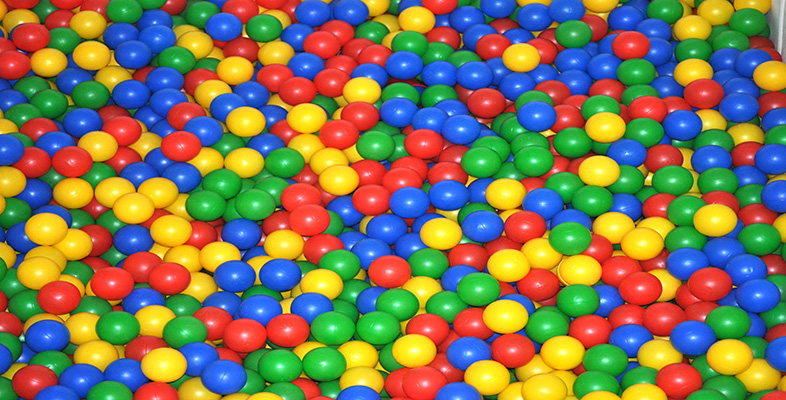1.2.2 Thermoplastics and thermosets
As already stated, polymers including rigid plastics were first developed in the last century from natural precursors. The sealing wax employed by the Victorians, for example, was usually based on the natural polymer shellac, an exudate of the Indian lac insect. Shellac is an early natural thermoplastic – defined as a material which softens and hardens reversibly on heating and cooling. In theory these reversible physical changes will take place without a corresponding change in the chemical structure of the material. This is why scrap thermoplastic can be re-used. In practice, some thermal and oxidative degradation occurs and recycling must be done only with an understanding of the effect that it has upon the properties of the final moulding.
Thermosets can be defined as those polymers which become irreversibly hard on heating or by addition of special chemicals. This hardening involves a chemical change (curing) and hence scrap thermoset cannot be recycled except as a filler material. The curing process invariably involves a chemical reaction which connects the linear molecules together to form a single macromolecule. These connections are known as crosslinks.
Scrap rubbers cannot be recycled easily, because of vulcanization which crosslinks the chains during moulding. It will be seen later that rubbers at the early stages of their processing can be considered to fit the definition of thermoplastics, but in their final moulded state they are properly defined as thermosets.
As with rubbers, the impetus for the development of new and better synthetic plastics followed supply and demand. Initially the demand was for cheaper substitutes for traditional materials, but today no plastic is cheap and some are extremely expensive with unique properties designed to satisfy the stringent requirements of sophisticated products. Table 2 lists the names and acronyms of the bulk-use commodity plastics and some of the more specialised and expensive materials, and comments on their important properties and uses.
| Plastic | Comments | |
|---|---|---|
| PMMA | acrylic, poly(methyl methacrylate) | Thermoplastic. A transparent rigid polymer. |
| ABS | acrylonitrile-butadiene-styrene | Based on SAN resin modified with polybutadiene rubber. |
| EP | epoxy | Thermoset. Resins used for encapsulation, adhesives, surface coatings and high-strength fibre-reinforced composites. |
| GRP | glass-reinforced plastic (mainly polyester) | Thermoset. Reinforced with glass fibre in various forms, such as chopped strand mat (CSM) and woven rovings (WR). Used for pipes, tanks, boat hulls, etc. May be applied as SMC or DMC. |
| HDPE | high density polyethylene | Thermoplastic. Linear polyolefin widely used in blow moulding. |
| HIPS | high impact polystyrene | Thermoplastic. A polystyrene modified by copolymerization with butadiene to improve its toughness. |
| LDPE | low density polyethylene | Thermoplastic. Branched polyolefin used for film and as electrical insulator, made at high pressures. |
| MF | melamine formaldehyde | Thermoset. Used in domestic ware, switches, plugs, etc. |
| PA | nylon, polyamide | Thermoplastic. Used in bearings, gears, mouldings, wall plugs, etc. |
| PF | phenolic, phenol formaldehyde | Thermoset. Moulding material and laminating resin. Sometimes known as Bakelite. |
| PAN | polyacrylonitrile | A fibre-forming thermoplastic polymer. One of the base polymers used to make carbon fibre. |
| UPR | polyester (unsaturated polyester resin) | Thermoset. A solution of polyester containing unsaturated groups in styrene or other polymerizable solvent. Matrix resin for GRP. |
| PET | poly(ethylene terephthalate) | Thermoplastic. A major fibre-forming polymer and a moulding material for beer bottles, etc. In competition with poly(butylene terephthalate) (PBT), a related thermoplastic polyester. |
| PVC | poly(vinyl chloride) | Thermoplastic. Can be plasticized to produce a leathery material. Unplasticized PVC (uPVC) used for rainwater goods, pipes, etc. |
| SAN | styrene-acrylonitrile | Thermoplastic. Rigid transparent material used for water jugs and beakers, etc. |
| SMC | sheet moulding compound | Thermoset. Sheets of glass fibre impregnated with polyester resin (td) |
